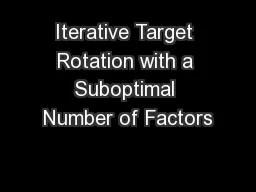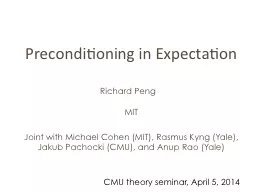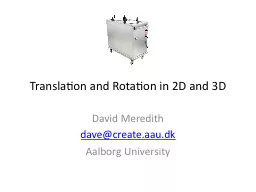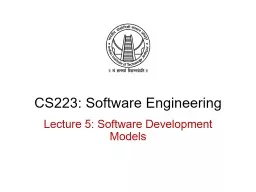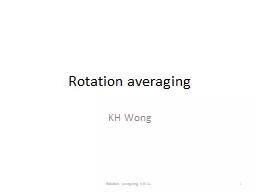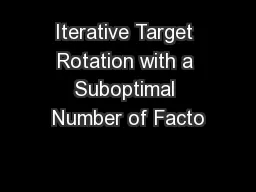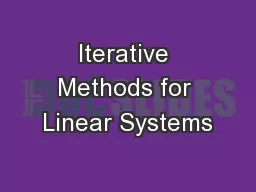PPT-Iterative Target Rotation with a Suboptimal Number of Factors
Author : aaron | Published Date : 2018-09-22
N icole Zelinsky University of California Merced nzelinskyucmercededu Introduction and Motivation Exploratory Factor Analysis Analytic tool which helps researchers
Presentation Embed Code
Download Presentation
Download Presentation The PPT/PDF document "Iterative Target Rotation with a Subopti..." is the property of its rightful owner. Permission is granted to download and print the materials on this website for personal, non-commercial use only, and to display it on your personal computer provided you do not modify the materials and that you retain all copyright notices contained in the materials. By downloading content from our website, you accept the terms of this agreement.
Iterative Target Rotation with a Suboptimal Number of Factors: Transcript
Download Rules Of Document
"Iterative Target Rotation with a Suboptimal Number of Factors"The content belongs to its owner. You may download and print it for personal use, without modification, and keep all copyright notices. By downloading, you agree to these terms.
Related Documents

